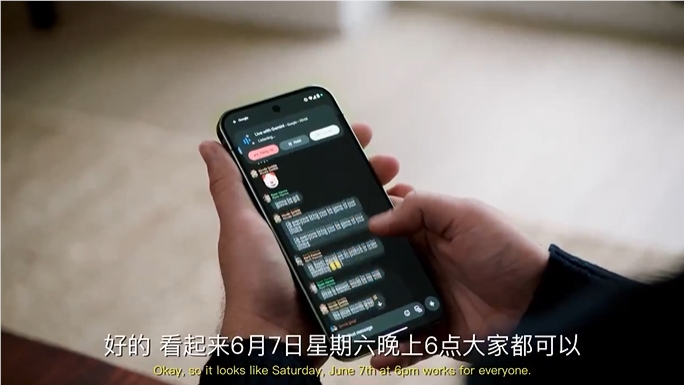Google has developed an AI-powered initiative called "Project Green Light," aimed at reducing traffic congestion and fuel emissions. Utilizing driving trends from Google Maps, the project analyzes traffic flow and identifies opportunities to optimize traffic light timing. Cities can quickly and easily implement these recommendations without investing in new hardware or software.
Currently, Project Green Light has been implemented at over 70 intersections, with the potential to reduce stoppage times by up to 30% and emissions at intersections by up to 10%. The team's goal is to expand Project Green Light to hundreds of cities and tens of thousands of intersections in the coming years.
Early in 2020, Google's research team was tasked with exploring new research projects focused on accelerating climate mitigation. Team member Dotan Emanuel shared these ideas with his family over dinner, and they quickly discussed the familiar issue of traffic lights.
Project Principles
Road traffic is a significant source of global and urban greenhouse gas emissions, especially at city intersections where pollution can be 29 times higher than on open roads. Google found that optimizing traffic light timing can prevent a certain degree of pollution caused by stop-and-go traffic.
Leveraging over a decade of global Google Maps driving trends, Google has developed an AI model to measure how traffic flows through intersections, including patterns of starts and stops, average wait times at traffic lights, and coordination between adjacent intersections. The model identifies potential improvements, such as shortening red light times during off-peak hours or coordinating intersections that are not yet synchronized.

After being reviewed by city engineers, Project Green Light's recommendations can be implemented in just five minutes using existing infrastructure. Since its first pilot in 2021, the team has tested more intersections, developed more accurate predictions, and brought Project Green Light to over a dozen cities worldwide, including Rio de Janeiro, Seattle, Bangalore, and most recently, Boston.
Project Green Light is currently implemented at over 70 intersections, helping save fuel and reduce emissions for up to 30 million vehicles each month. Preliminary data shows that the project has the potential to reduce stoppage times by up to 30% and emissions at intersections by up to 10%. The team is working to expand Project Green Light to hundreds of cities and tens of thousands of intersections in the coming years.
Reference: https://blog.google/outreach-initiatives/sustainability/google-ai-project-greenlight/







